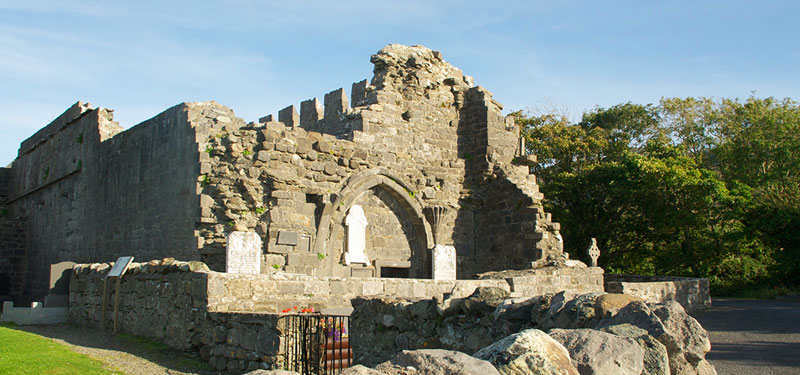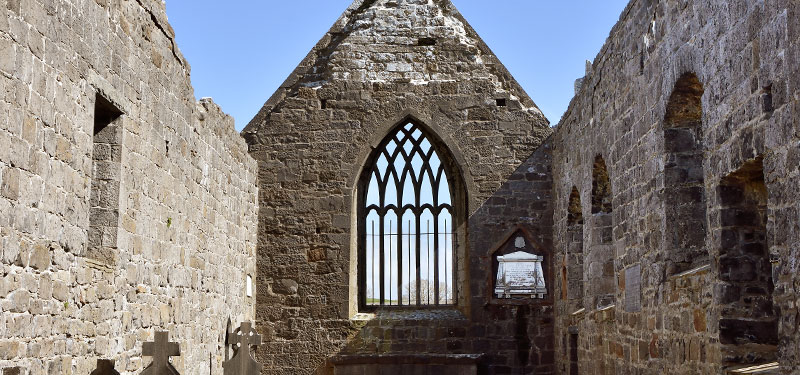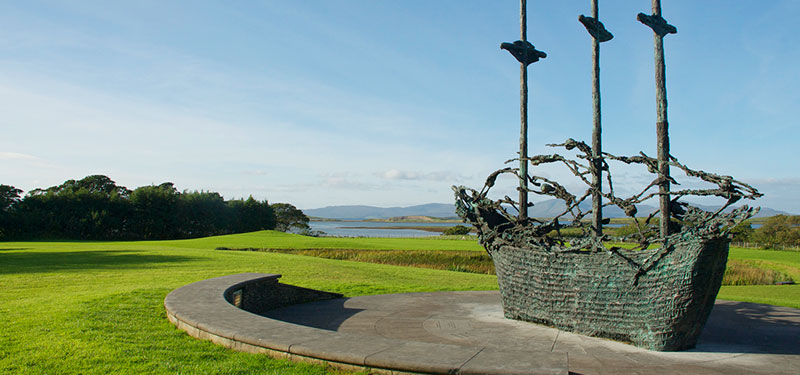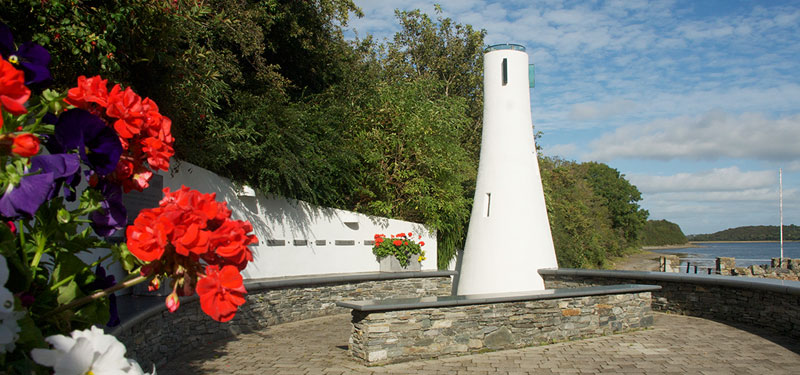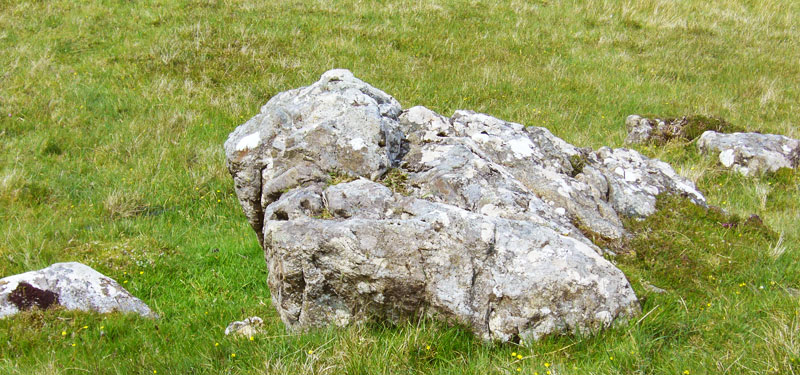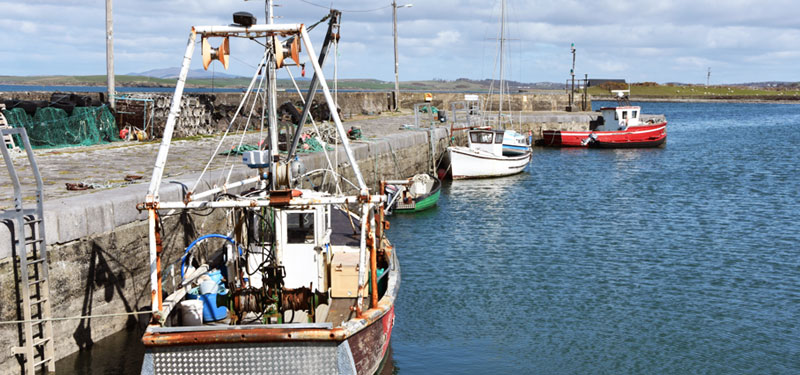
Murrisk Pier
Murrisk Pier was constructed by the Congested Districts Board in 1893/94 to encourage the development of a local fishing industry. The industry flourished up to the mid 1960s before going into decline . The pier is now used for inshore fishing and leisure activities.
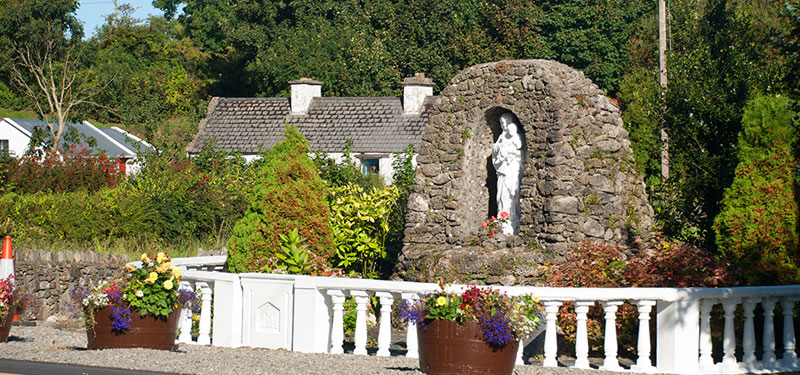
Marian Shrine
The Marian Shrine is situated on the main road in the centre of the village and was built during the Marian Year in 1954.


